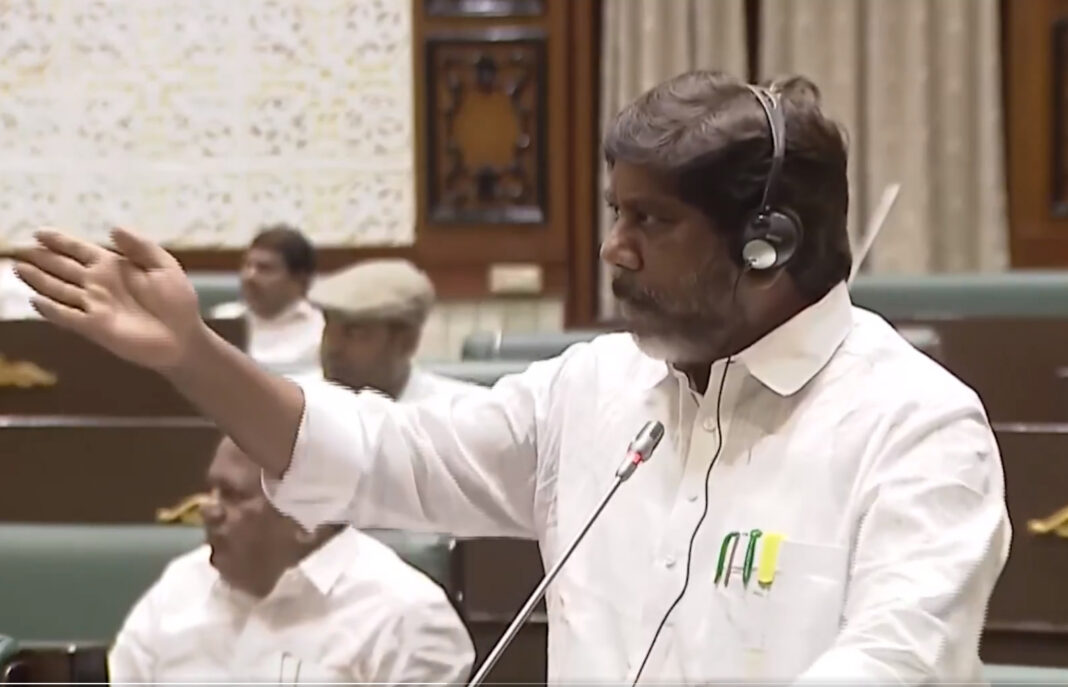Deputy Chief Minister Mallu Bhatti Vikramarka outlined the government’s roadmap to meet Telangana’s growing power demand and assured the Assembly that reforms and timely planning have helped to provide continuous, quality electricity even though the peak load surged to very high levels.
“The demand for power in Telangana is increasing every day. It reached 17,162 MW in March 2025 from 13,668 MW in 2021. Despite the sharp rise, thanks to early reforms and contingency planning, we are supplying continuous electricity to all sectors without tripping or outages,” Bhatti said on Wednesday while complimenting electricity staffers on behalf of the government.
He said that Telangana is preparing for a peak demand of 24,215 MW by 2029-30 and 31,809 MW by 2034-35, as estimated by Central agencies.
“With data centres, expansion of IT companies and new clusters coming up
around the Outer and Regional Ring Roads, demand will grow. We are strengthening generation, transmission and DISCOMs accordingly,” he said.
Highlighting the key initiatives, Bhatti said the government signed MoUs with Rajasthan for solar and thermal generation through SCCL and with another state for hydel power.
“Although the Yadadri Thermal Plant was expected to become operational by 2021, it was delayed due to pending environmental clearances. We resolved this by conducting public hearings and initiating production from Unit-2,” he said.
He added that SCCL coal supply to YTPP was expedited through weekly reviews and fast-tracked railway works. Hydel generation is being boosted using reverse pumping, and tenders have been invited to create a battery storage capacity of 500 MW at Shankarpally.
Transmission substations are being upgraded and summer action plans are being reviewed fortnightly with SPDCL, NPDCL, GENCO and TRANSCO to handle the rising demand for power. “We’re not just supplying power, we are delivering stability,” he said.
As of now, Telangana has 1.94 crore electricity connections, including 29.14 lakh free agricultural connections. Bhatti said the government paid Rs 11,500 crore to DISCOMs for agricultural subsidy and another Rs 1,922 crore for the Gruha Jyothi scheme benefiting 50 lakh households since March 2024.
He revealed that as per the new energy policy, the government aims to generate 20,000 MW by 2030 and 40,000 MW by 2035. “This has already attracted investment commitments of over Rs 1 lakh crore,” he said.
Bhatti also spoke about solar power projects with women SHGs under SERP, and the plans to install solar panels for agriculture pumps, benefiting tribal farmers under the Indira Girivikasam scheme.
“We’ve given around Rs 21,000 crore as interest-free loans to women SHGs and helped them to enter solar power generation,” he said.
TG power sector scaling up to meet demand, says Bhatti




